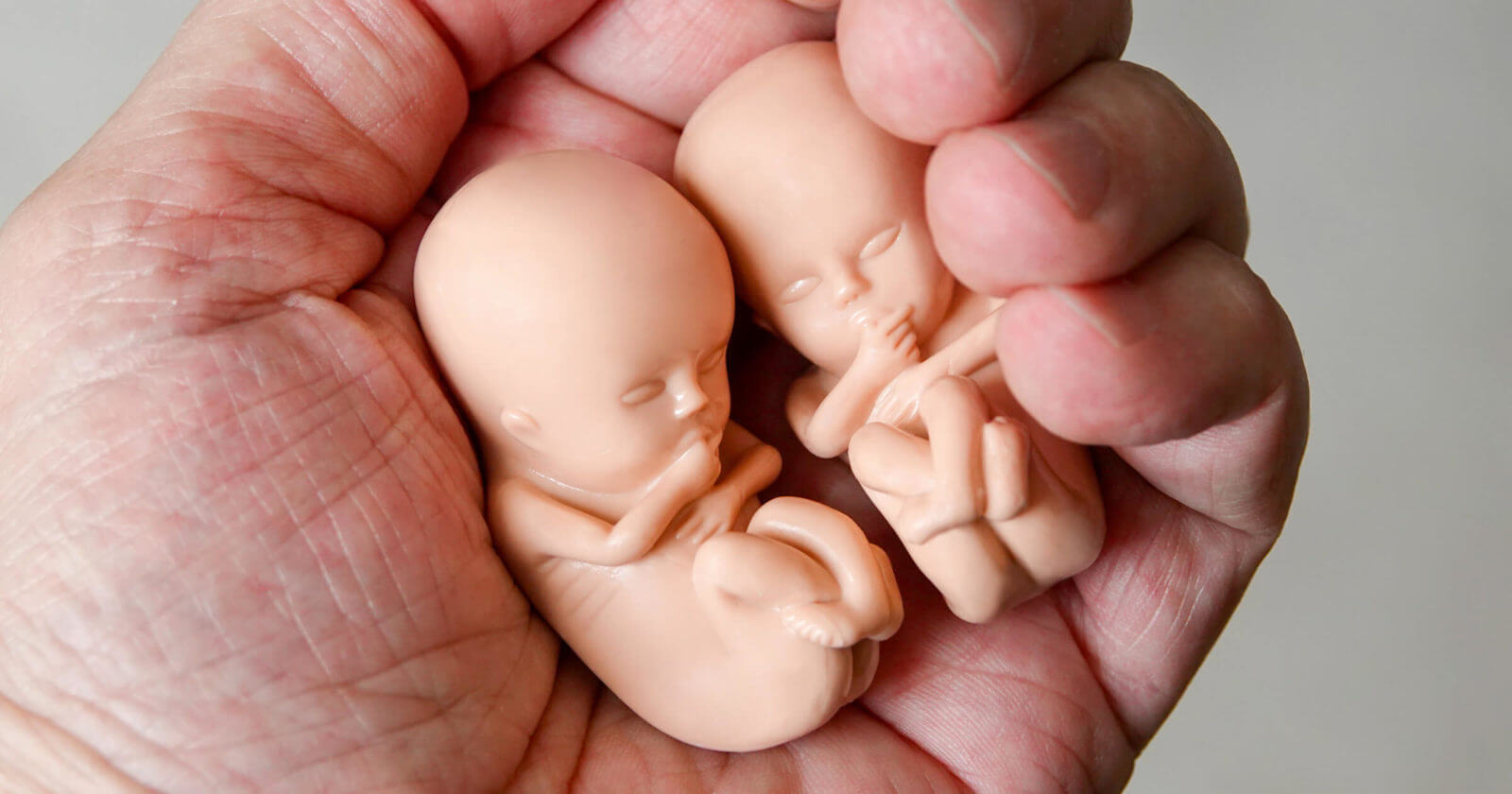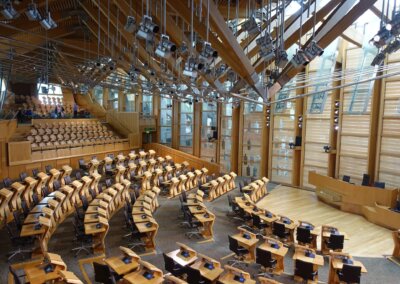29.69% of all conceptions in England and Wales ended in abortion in 2022, up from 26.54% a year earlier – and a large increase since 2012, when 20.84% of conceptions ended in abortion, according to figures released by the Office for National Statistics.
Figures released by the ONS earlier this week show that the number of conceptions ending in abortion is now approaching 1 in 3, and increased from 1 in 5 in 2012. The figures also reveal that, between 2020, when the pills-by-post at-home abortion scheme was first introduced, and 2022, there has been a 19.61% increase in the number of conceptions leading to abortion.
Overall, the figures revealed that there were 834,260 conceptions for women resident in England and Wales in 2022, and 247,703 of these conceptions led to abortion.
The number of conceptions leading to abortion in 2022 was 13.15% higher than 2021, when there were 218,923 abortions. The number of conceptions ending in abortion in 2022 has increased by 34.31% since 2012, when 184,420 conceptions ended in abortion.
The percentage of conceptions ending in abortion was lowest among women aged 30-34, but still sharply increased from 13% of conceptions ending in abortion in 2012 to 20.53% in 2022.
The percentage of conceptions ending in abortion among those outside marriage or civil partnership increased from 29.4% in 2012 to 36% in 2022. The percentage of conceptions ending in abortion among those within marriage or civil partnership increased from 7.6% in 2012 to 11.1% in 2022.
Conceptions ending in abortion highest in Liverpool, lowest in East Cambridgeshire
The percentage of conceptions leading to abortions was highest in Liverpool, where 40.3% of all conceptions ended in abortion. After this came Brighton and Hove (40.3%), Lambeth (38.4%), Halton (38.1%) and Knowsley (38.0%). The percentage of conceptions leading to abortions was lowest in East Cambridgeshire, where 18.6% of all conceptions ended in abortion. Among the other regions with the lowest percentage of conceptions ending in abortion were South Cambridgeshire (20%), Bolsover (20.2%), Mid Suffolk (21.%) and Tewkesbury (21.1%).
Conceptions, maternities and abortion
The total number of abortions for residents of England and Wales, according to the 2022 abortion statistics, was 251,377. The total number of live births for the same year was 605,342, and the number of stillbirths was 2,402. This would make a total of 859,121. These figures differ from those provided in the conception statistics because the conception statistics count the number of women becoming pregnant, not the number of babies being born. This means twins, triplets and multiple births are not counted separately.
The release explains that “conception is a pregnancy that leads either to a maternity or a legal abortion”, and a maternity “refers to a pregnancy resulting in the birth of one or more live-born or stillborn children. The number of maternities represents the number of women giving birth rather than the number of babies born (live-born and stillborn)”.
The discrepancy between the ONS figures and the annual abortion figures is also likely to arise from the fact that the ONS figures reports conceptions in 2022, but the abortion statistics reports the number of abortions in 2022, i.e. some abortions in 2022 would have been conceived in 2021, and some unborn babies conceived in 2022 would have been aborted in 2023.
The conception statistics do not contain “data on pregnancies that lead to miscarriage or pregnancies ending in illegal abortions”.
Spokesperson for Right To Life UK, Catherine Robinson, said “Almost one in three conceptions now end in abortion. This is a national tragedy. The dramatic rise in the reported percentage of conceptions ending in abortion has accompanied the second full year that abortion services outside of a clinical setting through pills by post schemes have been operating in England and Wales”.
“The vote to make at-home abortions permanently available passed by just 27 votes. A large number of MPs had serious concerns about the negative impact these schemes would have on women”.
“Since then, we have seen these concerns confirmed, with women such as Carla Foster performing at-home abortions well beyond the 24-week time limit, putting their health at serious risk. If Carla Foster had been given an in-person consultation, where her gestation could have been accurately determined, she would not have been able to access abortion pills and this tragic case would have been prevented”.
“The clear solution here is the urgent reinstatement of in-person appointments. This would prevent women’s lives from being put at risk from self-administered late-term abortions”.












